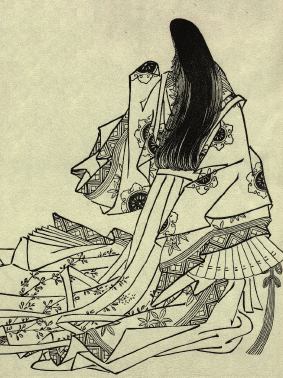The Basic Principles Of Woodblock Print Art
Ok, on inking your block and printing. You require a lot less ink than you assume when you concern really printing. The trick below is to be relatively economical with the amount of ink that you apply to your block. Add excessive ink and you can finish up filling up in your carefully sculpted channels to make sure that the final print doesn't come out with rather the sharp contrast that you 'd meant between light and also dark locations.
It's more challenging to do the opposite. The initial component of the process entails laying out a layer of ink on your item of glass. No, you don't use the ink straight from the tube https://instablock.co.il/ מושיקו גלאמין to the block! Putting the ink on the glass first suggests that you are after that in a little control of the procedure, which is an enjoyable impression.
Take your sheet of glass as well as put a blob of ink between, concerning the dimension of a reasonably proportioned bean (I'm considering the English runner bean, here - once more, probably better to check out the images if you're not accustomed to our veggies). Take the roller, as well as start rolling the ink in one instructions, then at appropriate angles, after that back to the original direction and so forth.
As soon as you assume you've obtained your roller completely covered in a (thin) layer of ink, thoroughly roll it over the block. I roll it along the size of the block first, after that do it throughout the size. Strictly talking you must only have to do it once in each instructions, but I have actually occasionally (i.e
. As soon as you have actually got the ink on the block (congratulations, incidentally!) you're ready to print it out onto paper. You primarily put the sheet of paper that you wish to print onto ON TOP OF the woodblock, which is ink side up, clearly, then you use the spoon to massage the paper down onto the block, as if you were doing a .
The 2-Minute Rule for Lino Printing Ink
Photo: our disclosure for more information. Inspired by the art of Hokusai as well as other masters of block printing can likewise be done using linoleum or rubber, however it's also simply as easy to use timber scraps you have around your home or choose up at the equipment shop.
The V-gouge is made use of to sculpt against the grain, while the U-gouge carves with the grain. You'll intend to keep in mind to not require the blades and also maintain them at a small angle when sculpting to maintain them from breaking. Also, keep in mind to sharpen them, as this will certainly make sculpting go a lot more efficiently.
This is what you'll utilize to roll the ink onto your woodblock. Brayers are developed to apply the ink equally, making certain that you'll get an uniform circulation on the block. Simply be certain not to overload your brayer with ink or you'll end up with a murky print. Printing ink is specifically produced to offer also protection and uniformity to make sure that the final print will appear plainly.
If you intend to publish on textiles, nonetheless, you'll want to pick up ink created especially for printing on material. You'll also desire a piece of glass to spread out the ink on, prior to printing. More of an optional tool, a baren is utilized to put also stress on the back of the block when printing.
Component of the fun when starting with a new craft is testing, and also selecting the best wood for your print is no exception. Softer wood like ache, cedar, as well as poplar are easier to sculpt, yet will certainly be difficult for photos with fine details. Soft timbers are also susceptible to not standing up well throughout repeated printing.
 The Only Guide to Japanese Woodblock Prints
The Only Guide to Japanese Woodblock Prints
https://www.youtube.com/embed/VKJ7It21Lcg
Fascination About Japanese Prints
Additionally, many printmakers make use of MDF or plywood as a cost effective choice, specifically when producing big images. MDF does not have grain, so you won't have to bother with splinters or cracks. However, it will not maintain information quite as well as real timber, as well as will certainly plain your tools quickly. Cherry plywood is quite popular with printmakers for its strong external veneer as well as limited grain.
Regardless of what kind of timber you pick to trying out, you'll intend to select a piece devoid of knots, warps, as well as splits. As soon as you have your item of wood chosen, you'll need an image to carve. Some individuals prefer to attract straight on the block-- keep in mind the image will appear reversed when published-- while others transfer their images.
